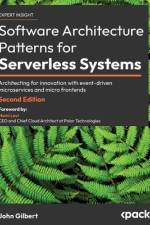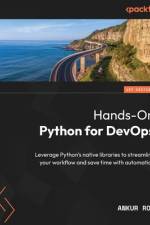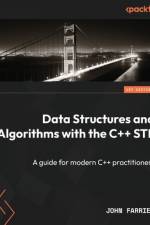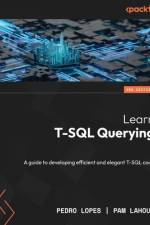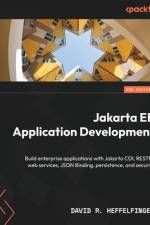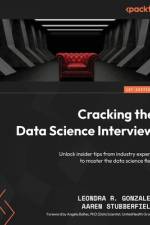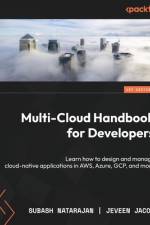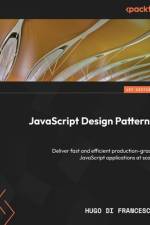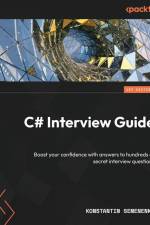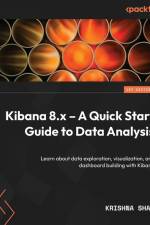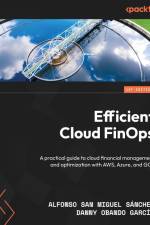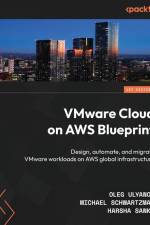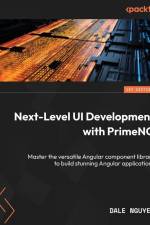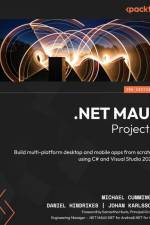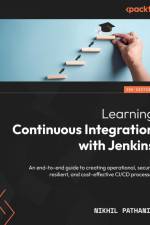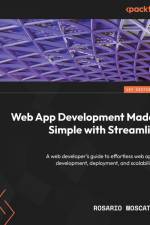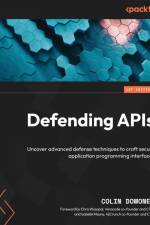av Subash Natarajan
665,-
Explore proven techniques and best practices for designing, deploying, and managing cloud-native applications in multi-cloud environments with the help of real-world examples, success stories, and emerging technologiesKey FeaturesDiscover optimal solutions in multi-cloud environments using AWS, Azure, and GCP tools and technologiesExcel in designing, developing, and securing cloud-native apps with Docker, Kubernetes, and IstioLearn design patterns, cost optimization, best practices, and pitfalls to avoid in multi-cloud appsPurchase of the print or Kindle book includes a free PDF eBookBook DescriptionUnleash the power of cloud computing with Multi-Cloud Handbook for Developers, your guide to mastering the nuances of cloud-native and multi-cloud, covering practical strategies for design, development, and management. Explore the essential concepts, challenges, and methodologies critical for navigating the complex landscape of modern cloud computing. Using core architectural and design principles (such as microservices and 12-factor architecture) and advanced strategies (such as distributed application design patterns, domain-driven design (DDD), and API-first strategies), you'll learn how to build portable and efficient apps across various cloud platforms. You'll understand how to leverage Infrastructure as Code (IaC), continuous integration and deployment (CI/CD), GitOps, and DevOps practices, along with containerization and orchestration techniques using Docker and Kubernetes. You'll also get to grips with data, security, compliance, and cloud cost management strategies in multi-cloud environments.With real-world case studies, best practices, and insights into future trends, this book will equip you with the skills to develop, manage, troubleshoot, and innovate cloud-native applications across diverse cloud platforms, positioning you at the forefront of the cloud computing revolution.What you will learnUnderstand the core structures and implications of cloud-native and multi-cloud appsExplore key principles and patterns to build agile, scalable, and future-proof appsMaster cloud-native essentials: service mesh, DDD, and API-centric approachesImplement deployment pipelines with advanced IaC, CI/CD, DevSecOps, and GitOps techniquesManage and monitor data, security, compliance, and identity access in multi-cloud scenariosOptimize your cloud costs with shift-left and FinOps practicesGet ready for the future of cloud-native and multi-cloud technologyWho this book is forIdeal for cloud-native and cloud developers, platform engineers, software architects, and IT professionals focused on building and managing cloud-native applications in multi-cloud environments, this book is an indispensable guide for students and researchers seeking insights into cloud-native concepts and multi-cloud architectures. A basic understanding of cloud computing, contemporary software development, system design, and cloud platforms such as AWS, Azure, and GCP, will prove useful.Table of ContentsDiscovering the Multi-Cloud and Cloud-Native UniverseBuilding the Backbone of Cloud-Native ApplicationsDesigning for Diversity with Multi-Cloud Application StrategiesCrafting and Deploying in the Multi-Cloud as a DeveloperManaging Security, Data, and Compliance on Multi-CloudMaximizing Value and Minimizing Cost of Multi-CloudTroubleshooting Multi-Cloud ApplicationsLearning from Pioneers and Case StudiesBringing Your Cloud-Native Application to LifeFuture-Proofing Your Cloud Computing Skills



